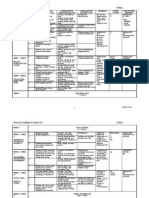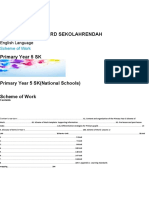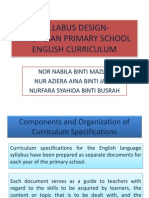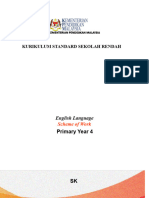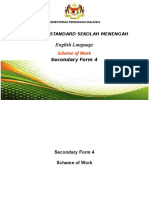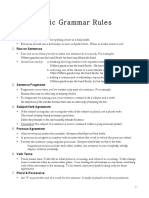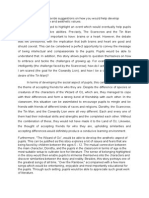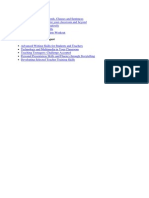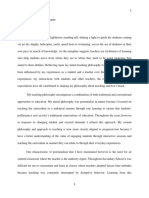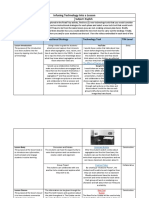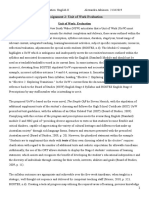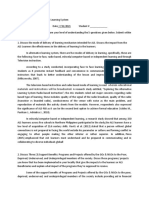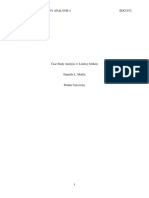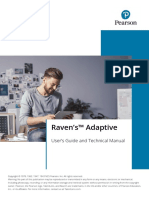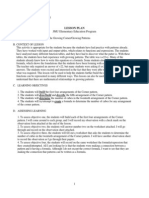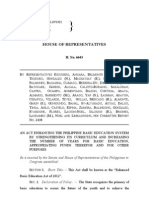0% found this document useful (0 votes)
80 views6 pagesWeek 4: Schemes of Work: Assessment Homework
This document provides guidance on creating schemes of work. A scheme of work maps out how course resources, activities, and assessments will be used to meet learning objectives. It includes topics, dates, objectives, teaching methods, assessments, and resources. Effective schemes of work consider factors like student ability levels, time allotted, and integration of skills. Sample templates show how schemes of work can be organized by week, month, chapter, or skill. They specify content, objectives, activities, and assessments. The document evaluates scheme qualities and offers criteria for planning schemes, such as student level and time. It provides examples of weekly scheme of work templates.
Uploaded by
Victor TanCopyright
© © All Rights Reserved
We take content rights seriously. If you suspect this is your content, claim it here.
Available Formats
Download as DOCX, PDF, TXT or read online on Scribd
0% found this document useful (0 votes)
80 views6 pagesWeek 4: Schemes of Work: Assessment Homework
This document provides guidance on creating schemes of work. A scheme of work maps out how course resources, activities, and assessments will be used to meet learning objectives. It includes topics, dates, objectives, teaching methods, assessments, and resources. Effective schemes of work consider factors like student ability levels, time allotted, and integration of skills. Sample templates show how schemes of work can be organized by week, month, chapter, or skill. They specify content, objectives, activities, and assessments. The document evaluates scheme qualities and offers criteria for planning schemes, such as student level and time. It provides examples of weekly scheme of work templates.
Uploaded by
Victor TanCopyright
© © All Rights Reserved
We take content rights seriously. If you suspect this is your content, claim it here.
Available Formats
Download as DOCX, PDF, TXT or read online on Scribd
/ 6






































